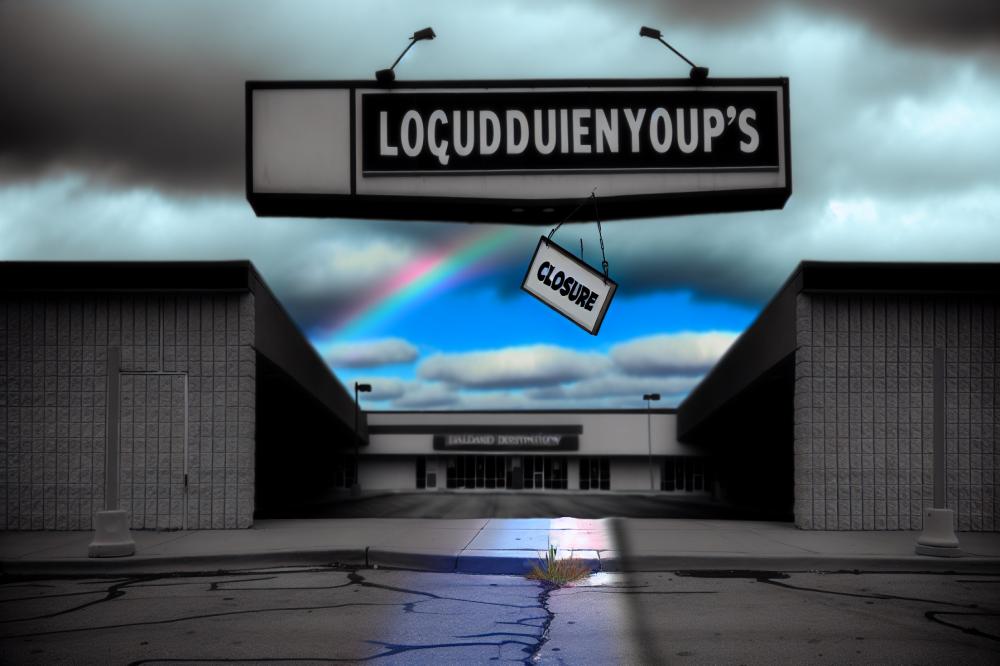“`html
Key Takeaways
- Beloved retailer faces bankruptcy and liquidation.
- Multiple store closures and job losses expected.
- Economic downturn and changing consumer habits contributed to the decline.
- Retail giant struggled with accumulating debt.
- Impact on local communities and shopping landscapes.
The news of a once-beloved retailer declaring bankruptcy and heading towards liquidation has sent ripples across the retail industry. This development underscores the challenging economic environment many traditional retailers are facing today. Economic downturns, coupled with shifting consumer habits, have exacerbated these challenges, leading to a wave of store closures and job losses across the country.
In the past year, the retailer has struggled to keep up with the mounting debts, ultimately making the difficult decision to file for bankruptcy. This has been a painful process for not only the company but also for its employees and the loyal customers who have frequented its stores for years. The liquidation means that numerous physical locations will shut their doors permanently, altering the shopping landscape in many local communities.
The influence of e-commerce has played a significant role in the demise of many brick-and-mortar stores, and this retailer was no exception. Consumers’ increasing preference for online shopping has rendered many traditional retail models obsolete. Despite various efforts to modernize and appeal to the digital audience, the retailer could not compete with larger and more nimble online rivals.
Moreover, the impact of this liquidation extends beyond the loss of product outlets. It touches on the livelihoods of countless workers, many of whom have served the company for years, if not decades. Employees are facing uncertain futures as they search for new opportunities in an already competitive job market. The communities that relied on these stores for economic activity are also left grappling with this sudden vacuum. Local economies, already strained by the pandemic, now face additional challenges as commercial real estate stands to suffer from these closures.
Efforts to salvage the retailer through restructuring and cost-cutting measures did not yield the desired outcomes. The financial instability, compounded by a lack of substantial investor confidence, sealed its fate. This retailer’s story is a cautionary tale for others in the industry, emphasizing the need to adapt swiftly to changing market dynamics and consumer expectations.
While the future of this once-iconic retailer remains bleak, the overarching narrative highlights a broader trend of transformation within the retail sector. The rise and fall of such establishments reflect the continuous evolution of consumer behavior and the ever-growing influence of technology on shopping habits. As the retail landscape continues to shift, businesses must innovate and evolve to survive and thrive in this new era.
Read the full story by: franknez.com
“`




